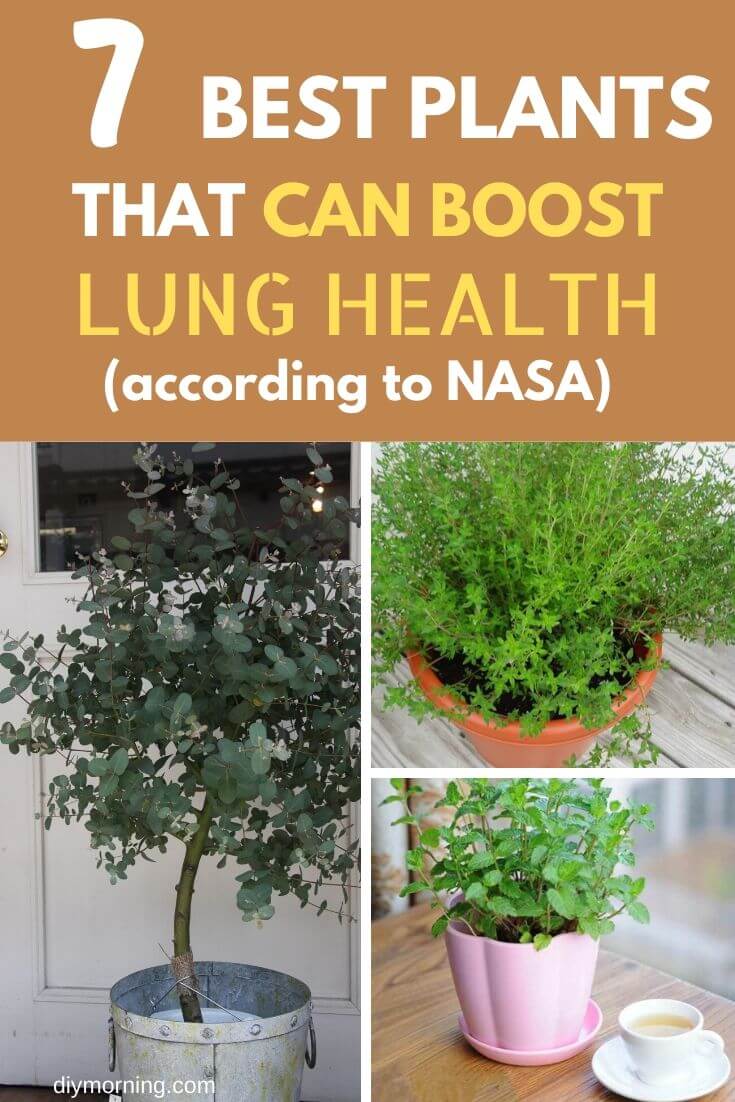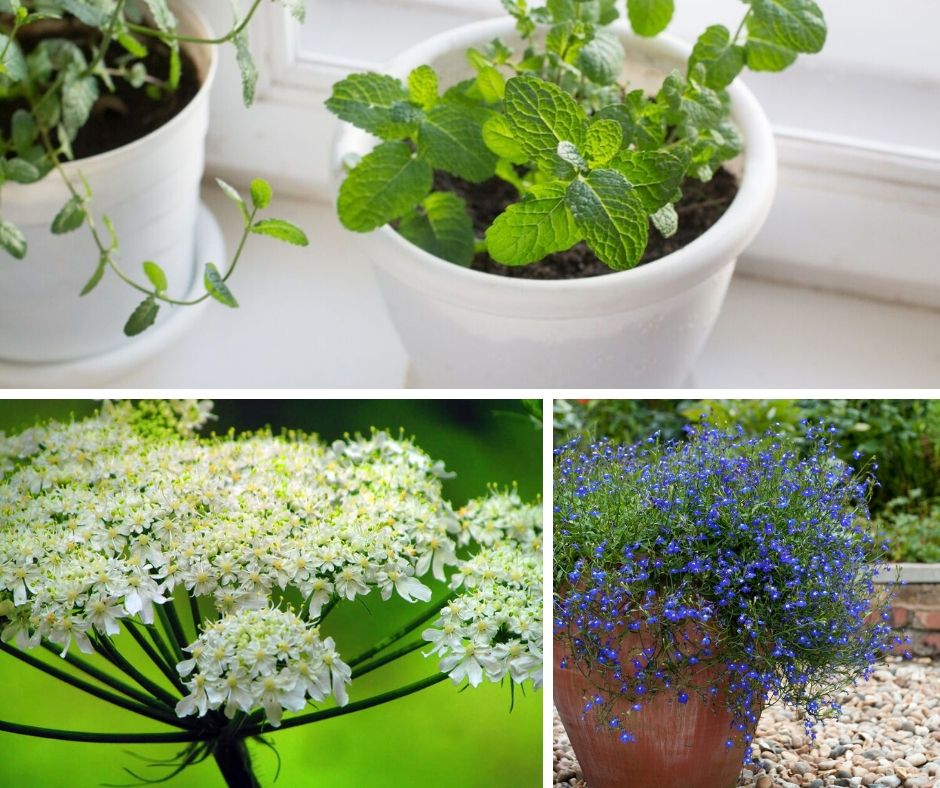7 Plants That Can Boost Lung Health
Houseplants are essential must haves not only because they brighten up the house but also because their natural functions and processes like photosynthesis and carbon dioxide-oxygen conversion could help us in many ways.
For starters, houseplants improve air quality in the home. This means that the air circulating around the house for you to breathe just became better.
Other than this, did you know that houseplants are also lung health boosters? If you want to explore this more, here are some plants that you could grow at home to maintain your good lung health.
Table of Contents
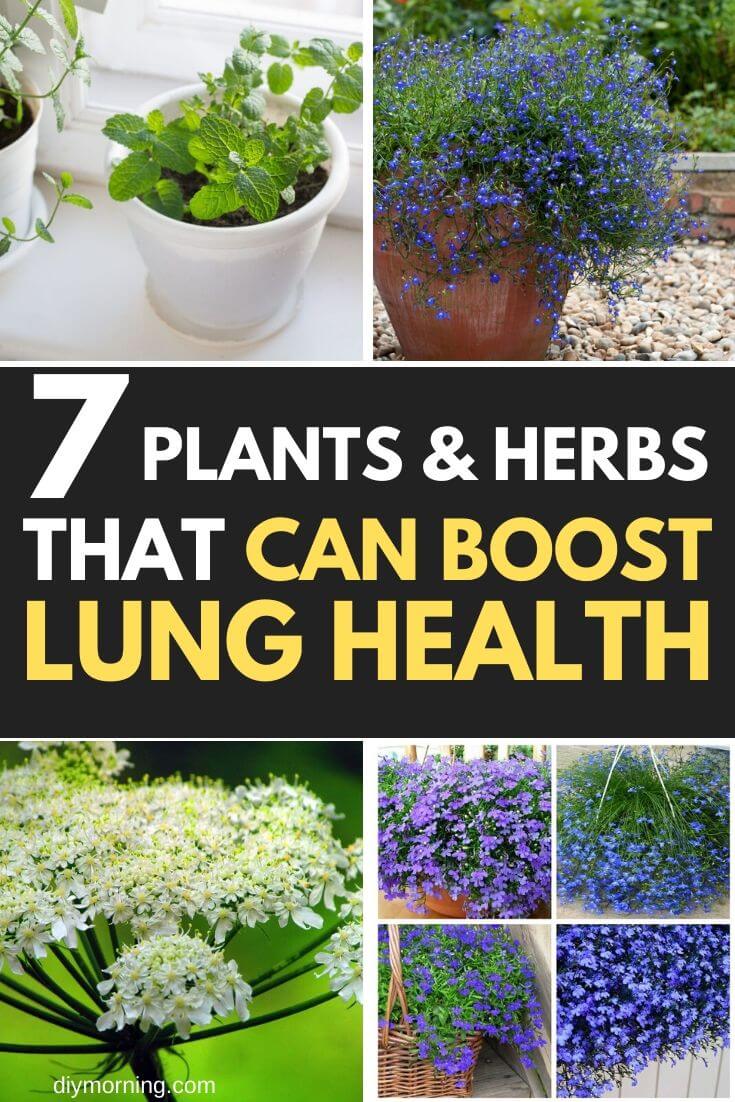
How do plants boost lung health?
In 1989, NASA conducted a study to find out ways to make the space stations have cleaner air. This study established how important houseplants are in boosting air quality and of course how they naturally benefit the people in the household with unlimited positive effects like good lung health.
The reason is simple though; the carbon dioxide that we people, our activities and the products we consume will all emit carbon dioxide which plants need to survive. In turn, they will give us a fresh supply of oxygen to breathe without smog, pollutants and all other components that damage our respiration.
A sustained supply of oxygen would of course boost lung health without question. But not all plants are the same; some emit more oxygen at night than the normal amount and some plants release VCOs or harmful gases at times. Nonetheless, in general, plants are helpful to lung health because of the oxygen they emit.
Plants that can boost lung health
And now we have come to the most important section of the article. So what are some of the plants that can boost lung health?
Here is a rundown of what you should start planting at home to get that lung health boost. You would notice that most of these plants are herbs which mean that aside from just planting them for the air quality, they are also healthy to ingest.
1. Coltsfoot (Tussilago farfara)
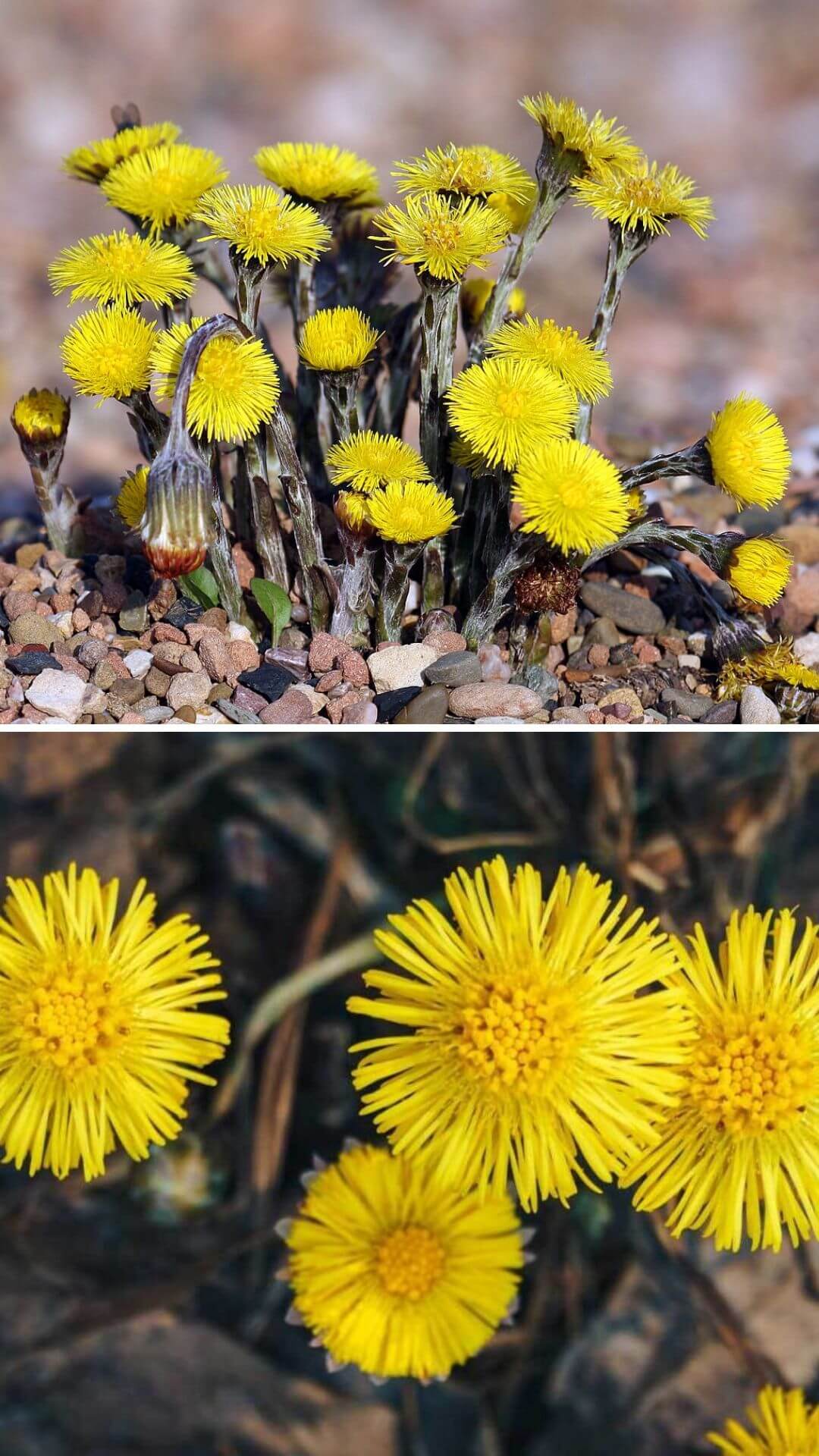
This plant is like weed at first glance but with flowers like daisy. It will thrive in sandy-rocky soils and is a survivor to harsh environments so this is a like a big go for you because it is also not that demanding to maintain.
It has been used widely by Native Americans for a very long time to clear out excess mucus from the lungs. You can dry it and crush it to make tea leaves or just let it hang out in your garden.
2. Osha (Ligusticum porteri)
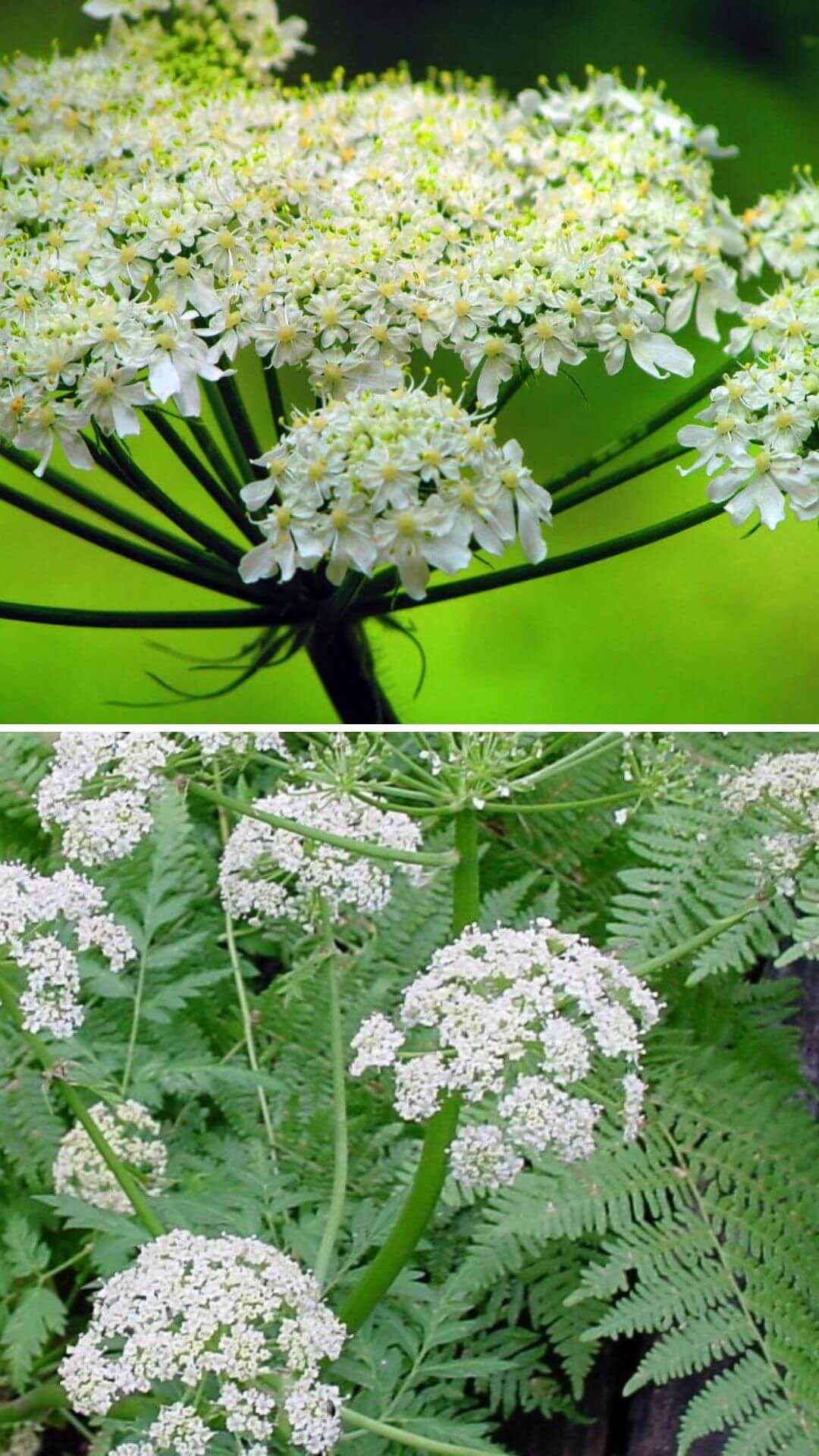
Another traditional plant that you can grow is the Osha. Like the Coltsfoot, it is also a go-to herb of Native Americans because it has camphor and other natural compounds which can be used to treat respiratory problems, asthma, allergies and sinus flare ups.
3. Thyme

You can plant this and small pots and grow it indoors. Not only would you have a fresh supply of herb every day, you could also boost lung health because this is a natural medicine for chest congestion, pneumonia and other respiratory infections.
It is also extracted for essential oils because it calms the room due to its naturally soothing smell.
4. Oregano (Origanum vulgare)
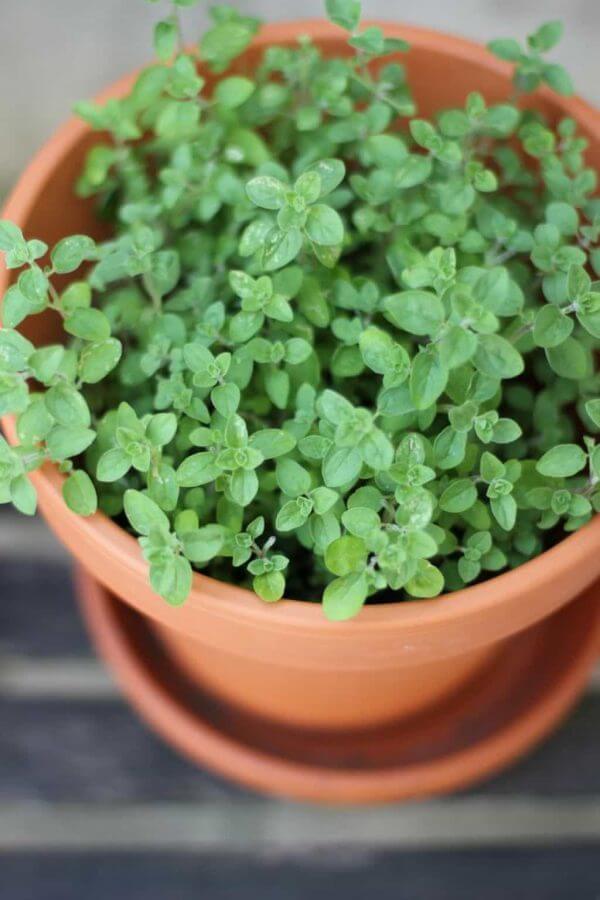
This is another herb that you can plant not only to improve air quality but to also benefit you to boost your immune system because of two components that it naturally has: carvacrol and rosmarinic acid.
These compounds are natural decongestants and antihistamines for sinus problems, clogged air passages and other respiratory problems.
5. Lobelia
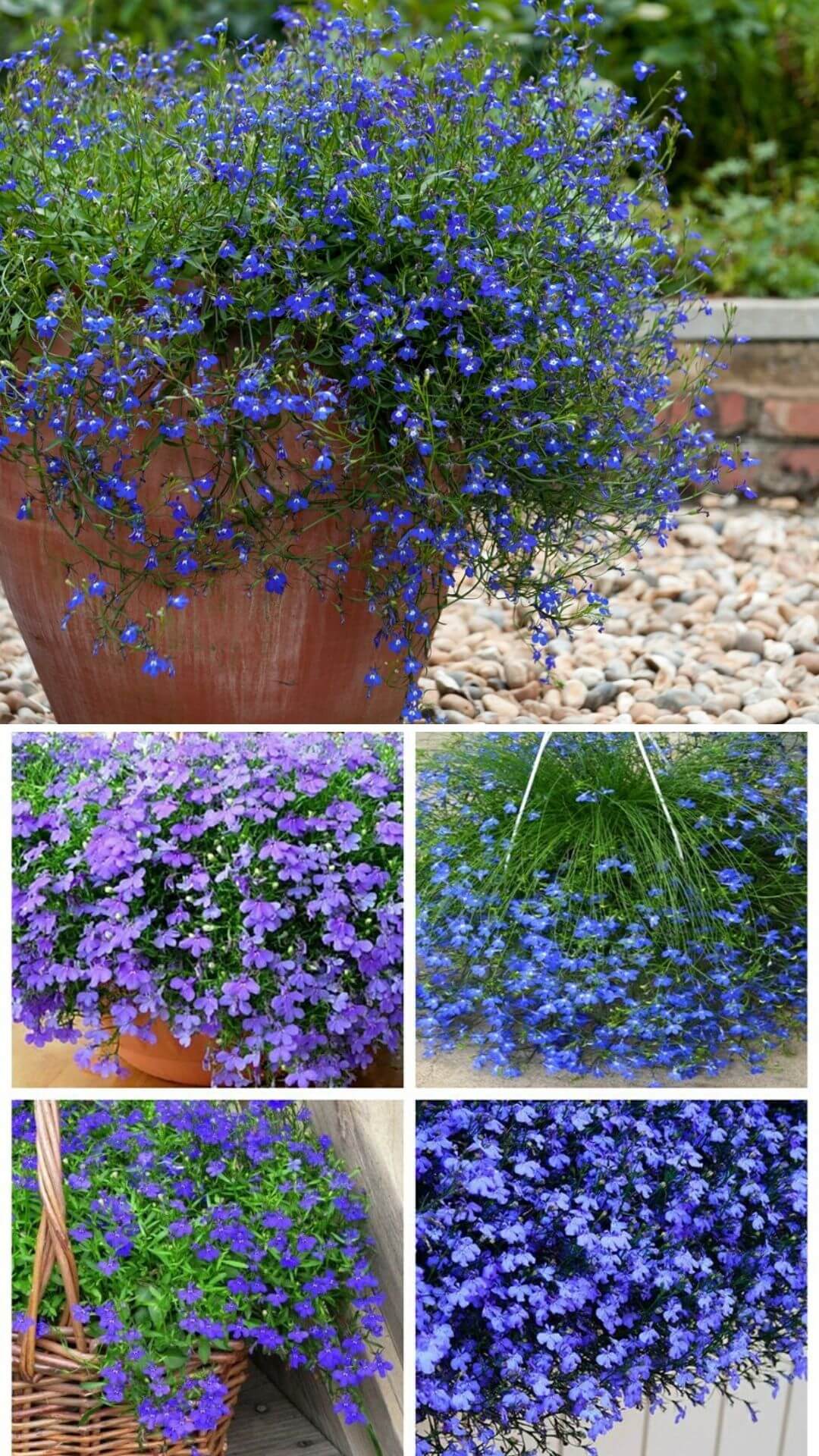
Horse trainers love to plant these in the ranch because this plant helps horses to breathe deeply. But it is equally beneficial for people.
It has lobeline, a compound known to make people more resistant to tumors and is also helpful in thinning mucus in the lungs and to aid decongestion.
The lobeline activates more secretion of epinephrine when we are sick so that airways can be unclogged for better breathing.
6. Eucalyptus (Gum trees)

Planting a eucalyptus tree in the yard is never a bad idea but if you want to keep them indoors, there is always the dwarf variant.
Research establishes that the scent of this plant naturally improves respiratory health and soothes irritation in the sinus and the throat. Another upside of this plant is that mosquitoes hate them so you are actually hitting a lot of birds with just one plant.
7. Peppermint (Mentha × piperita)
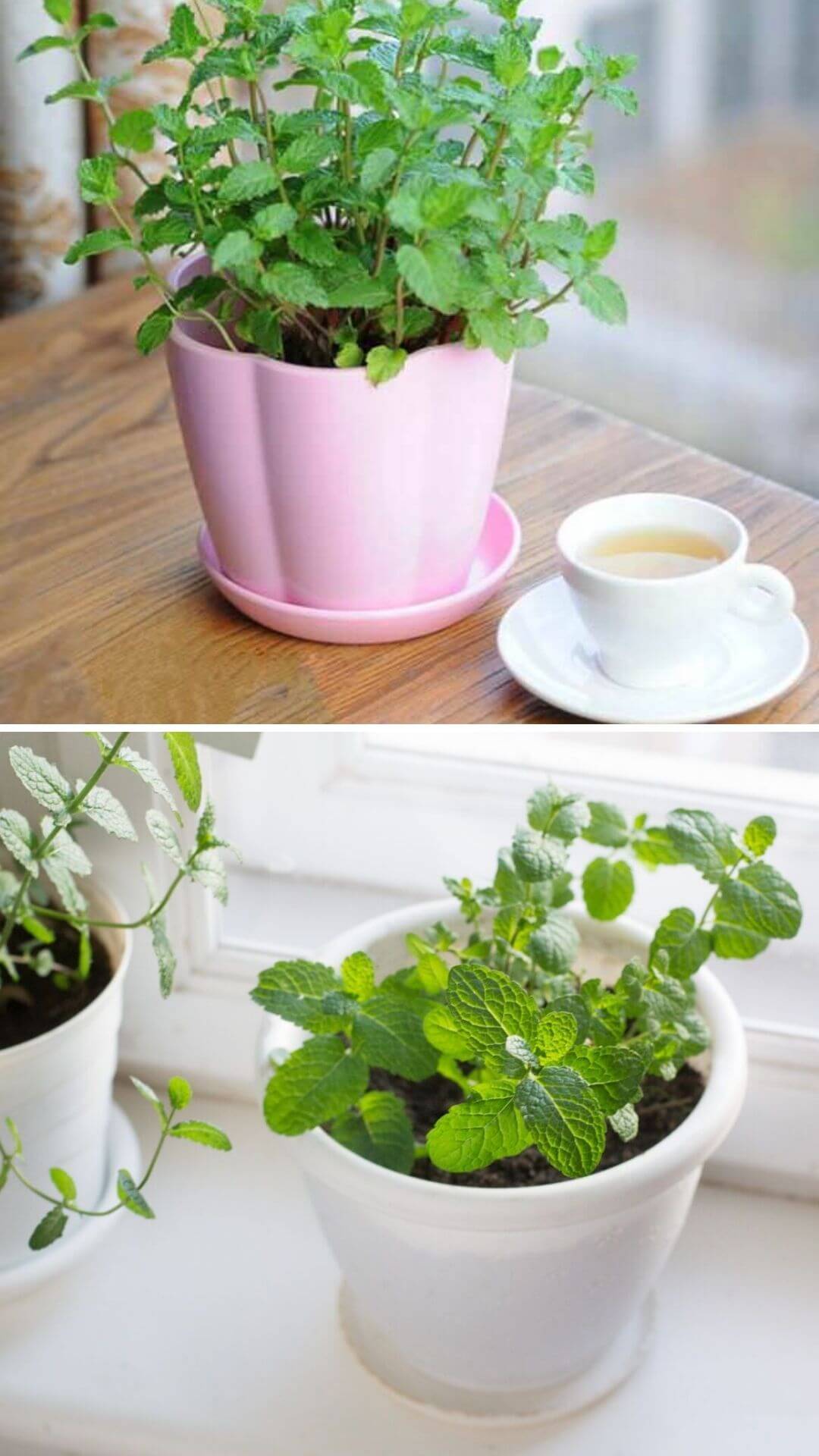
This plant contains a lot of decongestant compounds starting with menthol, cineol, and menthyl acetate. But it does not add here because other compounds emerge when it is crushed for tea or when it is extracted for essential oil.
Through whatever way though, this plant is a natural decongestant and has soothing compounds to relax respiratory muscles to promote healthful, free breathing.
References:
https://www.lung.org/about-us/blog/2017/02/do-houseplants-really-improve-air-quality.html
